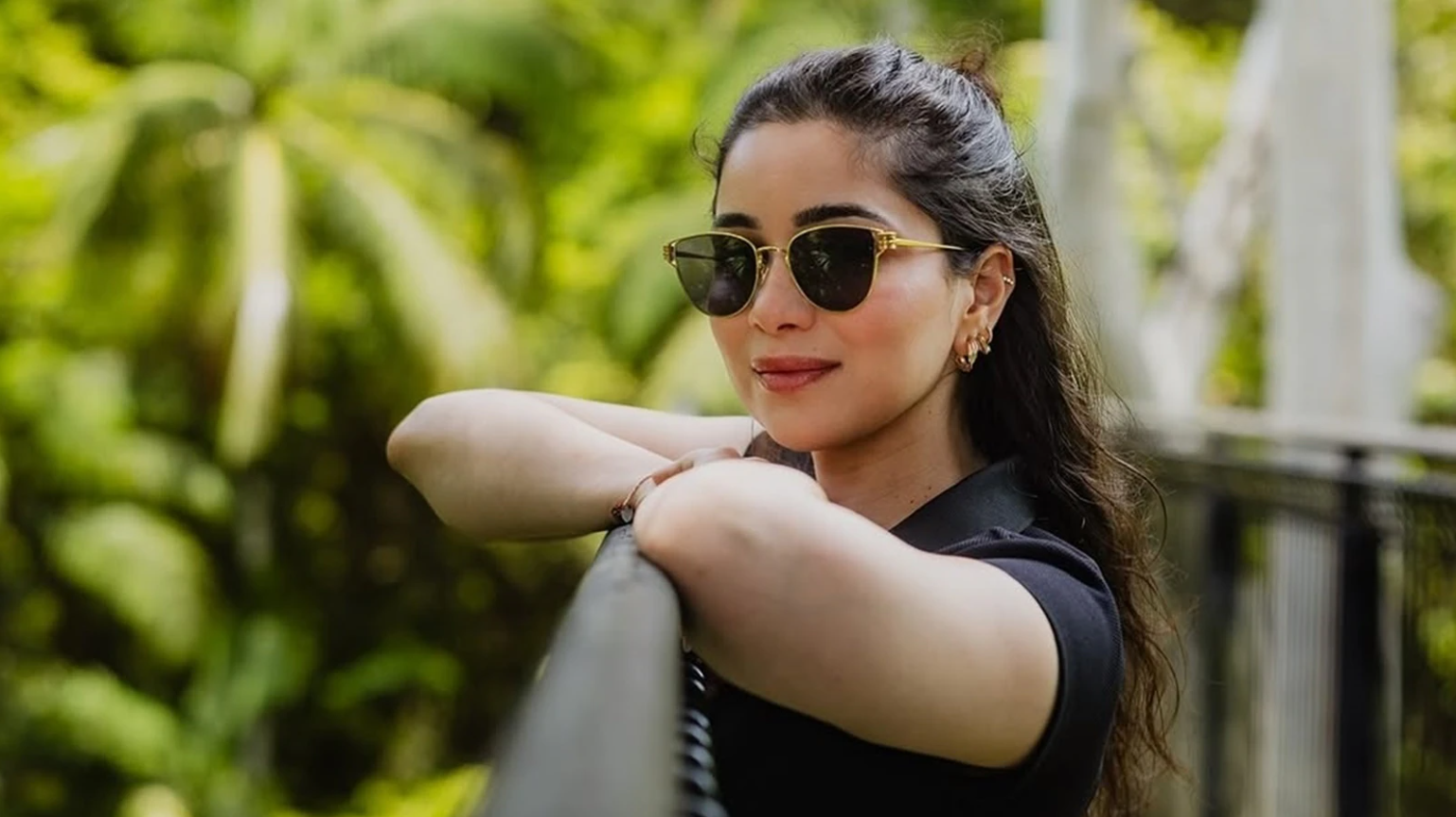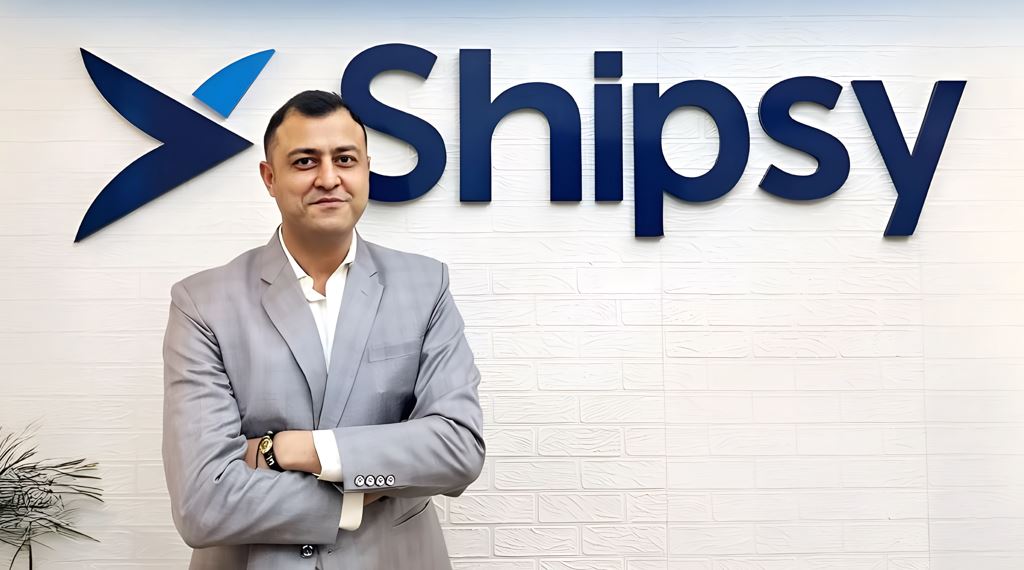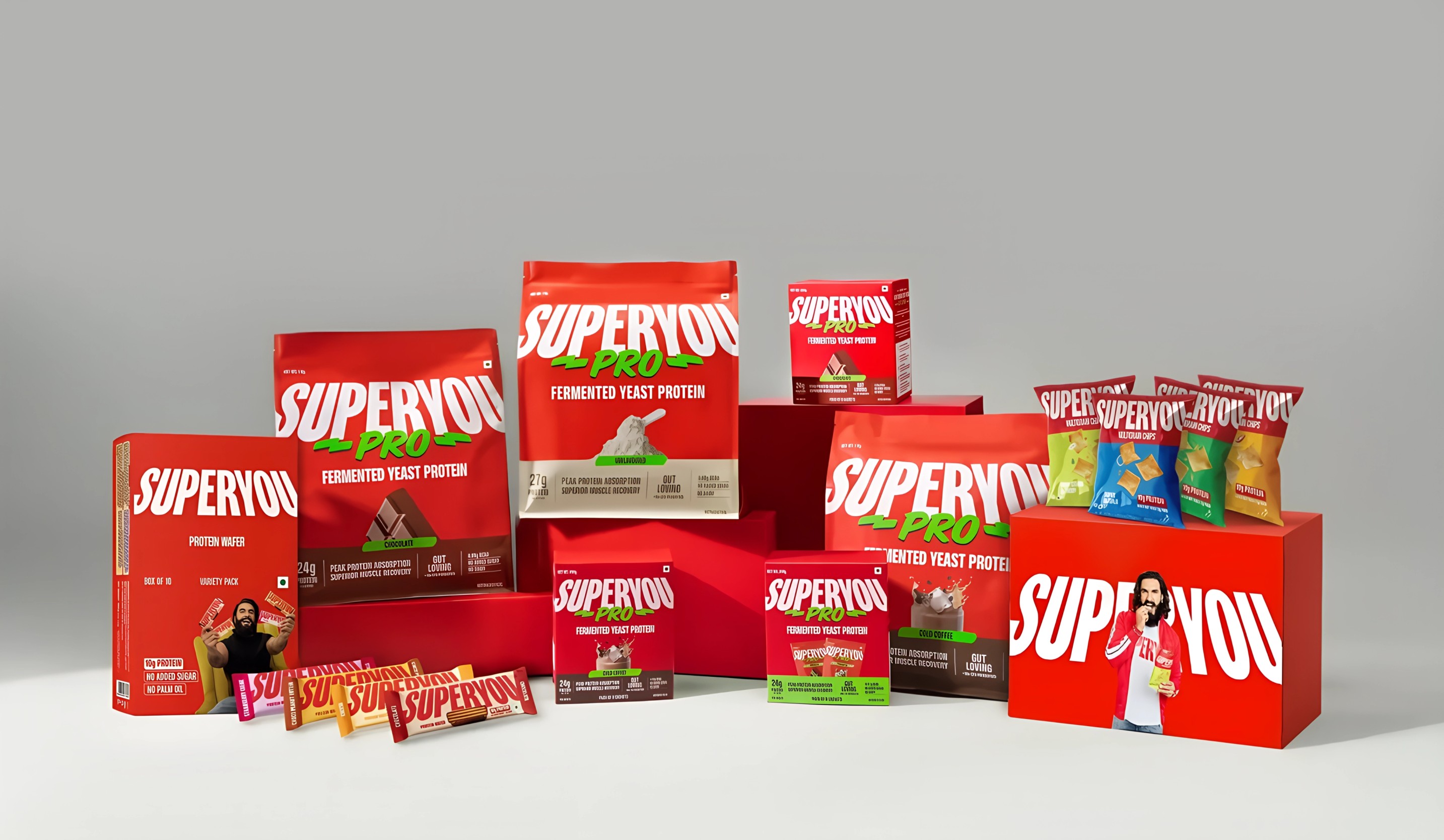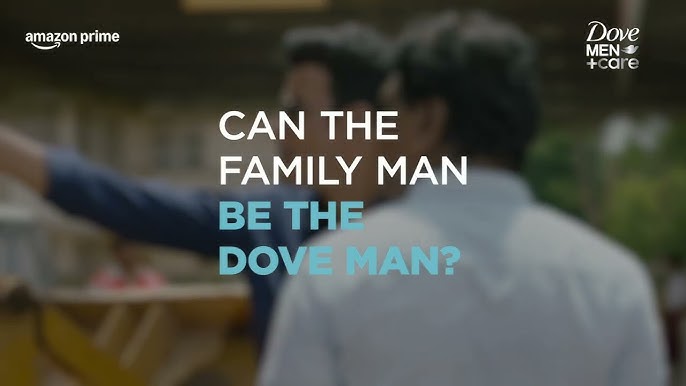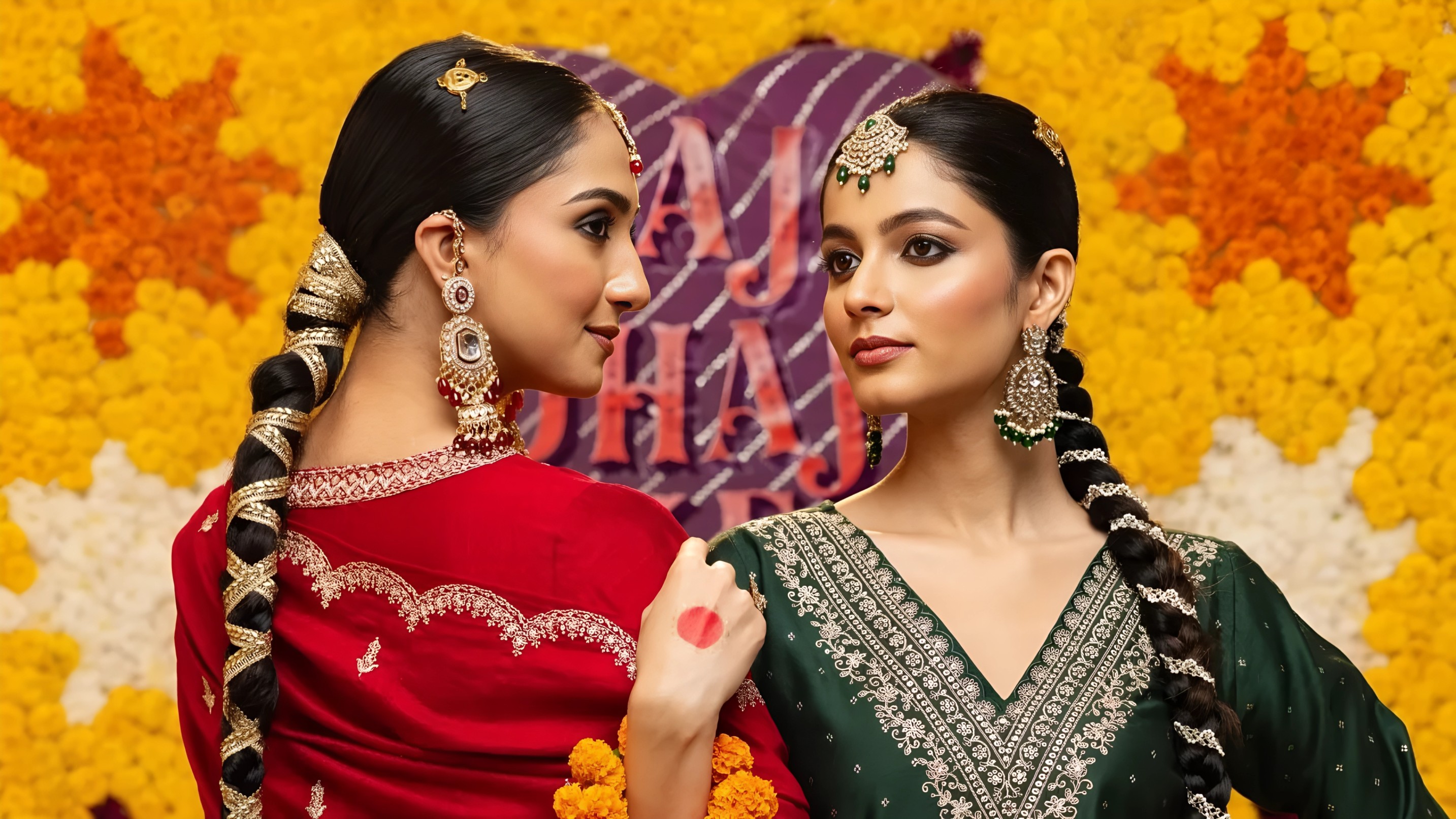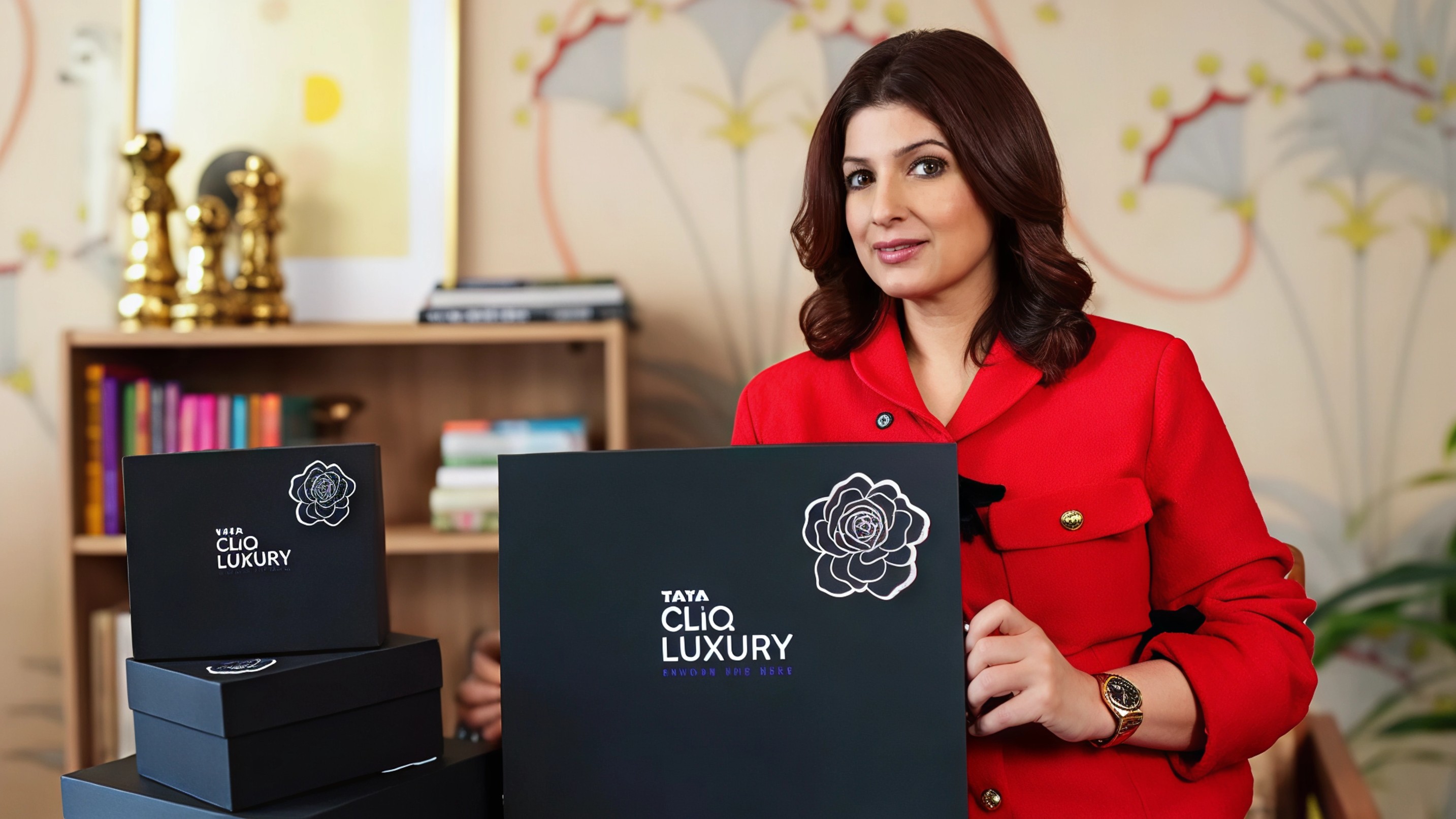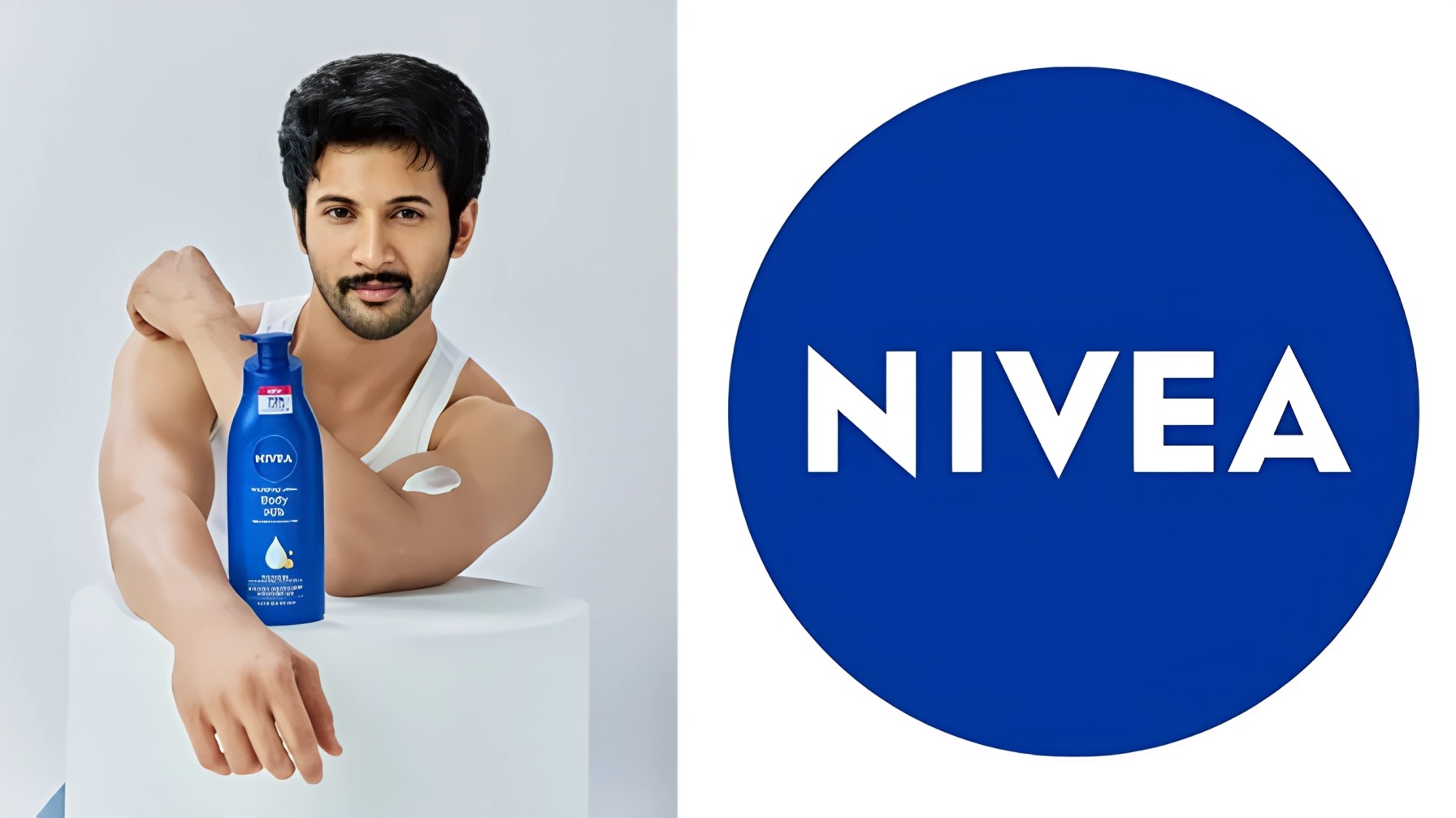Tourism Australia has launched a fresh chapter in its global “Come and Say G’day” campaign, this time with a uniquely Indian focus. The brand has brought entrepreneur and philanthropist Sara Tendulkar on board as its ambassador, alongside the animated character Ruby the Souvenir Kangaroo, to engage Indian travellers with authenticity and relatability.
/filters:format(webp)/afaqs/media/media_files/2025/08/24/sara-near-sydney-opera-house_11zon-2025-08-24-23-24-49.jpg)
The timing of this partnership is strategic. India is now among Australia’s fastest-growing inbound markets, and the numbers highlight the momentum. As of June, Indian arrivals had crossed 450,000 for the year, reflecting an 8 percent growth over the previous year. Even more impressive is the financial footprint: Indian tourists contributed nearly 2.7 billion US dollars in expenditure, a 14 percent increase, while extending their stays by 21 percent, clocking 29 million nights in Australia.
Why Sara Tendulkar?
Tourism Australia’s Country Manager for India and the Gulf, Nishant Kashikar, explained that Sara was a natural choice for the campaign. Having visited the country since childhood, she embodies a genuine emotional connect with Australia. Her persona—warm, approachable, and graceful—mirrors the traits Australians pride themselves on. For a brand that prioritises advocacy-driven marketing, Sara Tendulkar brings not just celebrity appeal but also credibility, making her an ideal face to inspire Indian travellers.
ADVERTISEMENT

Measuring success with precision
Tourism Australia has outlined a comprehensive set of metrics to measure the campaign’s impact. These range from strategic goals such as growth in visitor arrivals and expenditures to consumer demand indicators like awareness, intent, and booking behaviour. Campaign-level success will be tracked through digital marketing benchmarks including click-through rates, share of search, and return on investment. Kashikar emphasises that achieving these smaller campaign wins ultimately fuels the organisation’s larger strategic ambitions.
Psychographic targeting and digital-first media
Recognising the complexity of the Indian market, Tourism Australia has shifted from demographic to psychographic targeting, zeroing in on “high-yielding travellers” who are willing to spend on long-haul experiences. Around 70 percent of the campaign’s media investments are directed towards digital channels, including connected television, Google, and Meta, supported by impactful outdoor placements at airports, shopping malls, and highways in major metros.
Influencer marketing and cultural integration
The brand has also doubled down on advocacy and influencer collaborations. Past initiatives included cricket tie-ins during the India-Pakistan World Cup match and cultural experiences woven into content created by multiple influencers. These activations, as Kashikar describes, are designed to create “FOMO-inducing experiences,” giving Australia a fashionable, aspirational edge in the minds of Indian consumers.
ADVERTISEMENT

The road ahead
Tourism Australia has set an ambitious goal of reaching half a million Indian visitors by the end of next year. With India’s booming economy, increasing aviation connectivity, and a young demographic hungry for experiences, the outlook appears strong. Challenges like visa barriers are being addressed through Australia’s fully digital visa system, which Kashikar believes is among the most efficient compared to other Western nations.
At the heart of this campaign lies a cultural shift. Indian travellers are no longer content being casual tourists. They are now experience-seekers, looking for curated luxury, indigenous cultural offerings, wine trails, adventure activities, and world-class golf courses. With Sara Tendulkar as the relatable face of this transformation, Tourism Australia is positioning itself not just as a destination, but as an evolving experience for modern Indians who are splurging more on global travel than ever before.
Follow Marketing Moves on Instagram and Facebook for more insights into brand campaigns, celebrity partnerships, and global marketing strategies.

